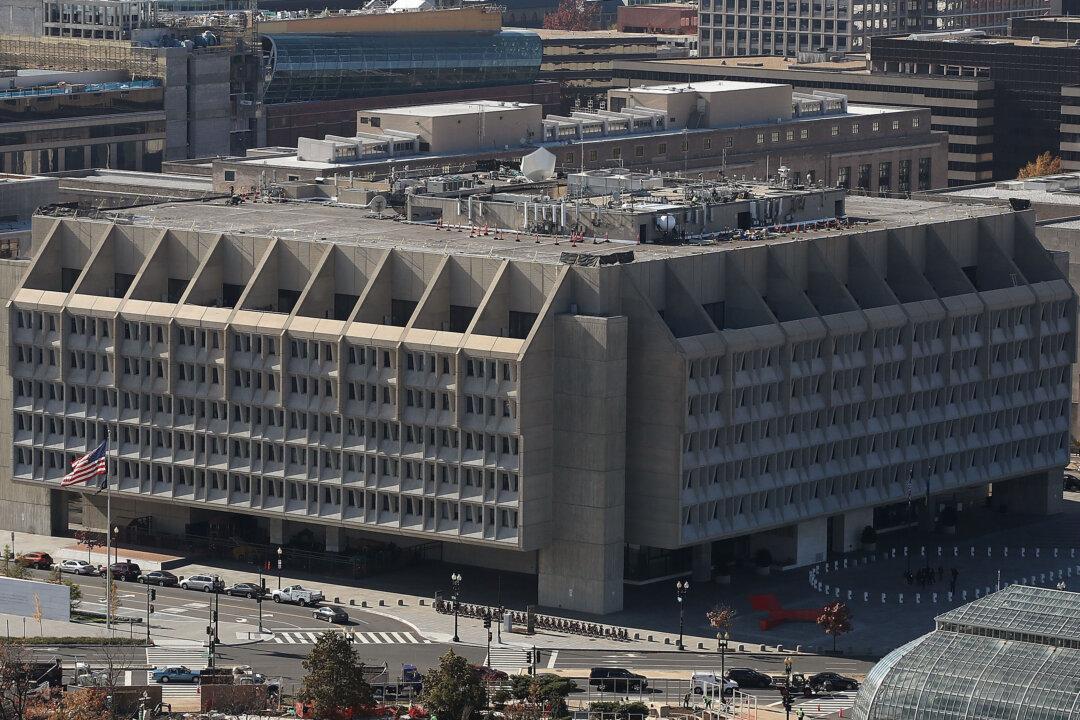The federal government recorded some $175 billion in “improper payments” in fiscal year 2019, according to estimates by the Government Accountability Office (GAO).
The figure includes both money that should not have been spent as well as money that should have been but wasn’t. Overpayments totaled over $79 billion, while underpayments near $13 billion. The rest was marked as “unknown” or “technically improper due to statute or regulation,” GAO said in its annual report (pdf) on the topic released on March 2.





